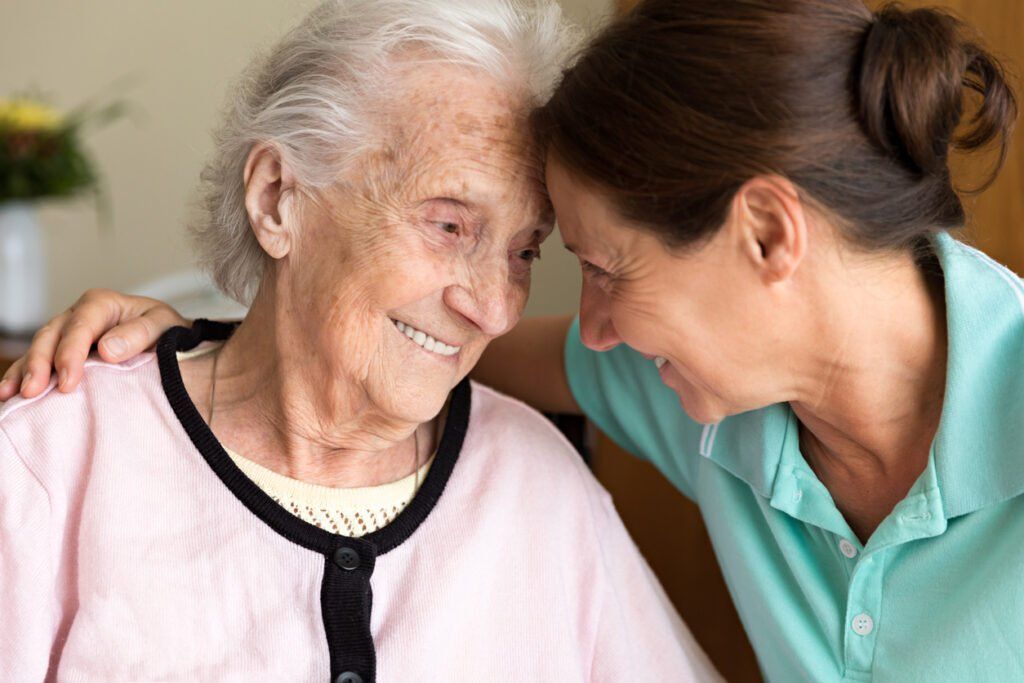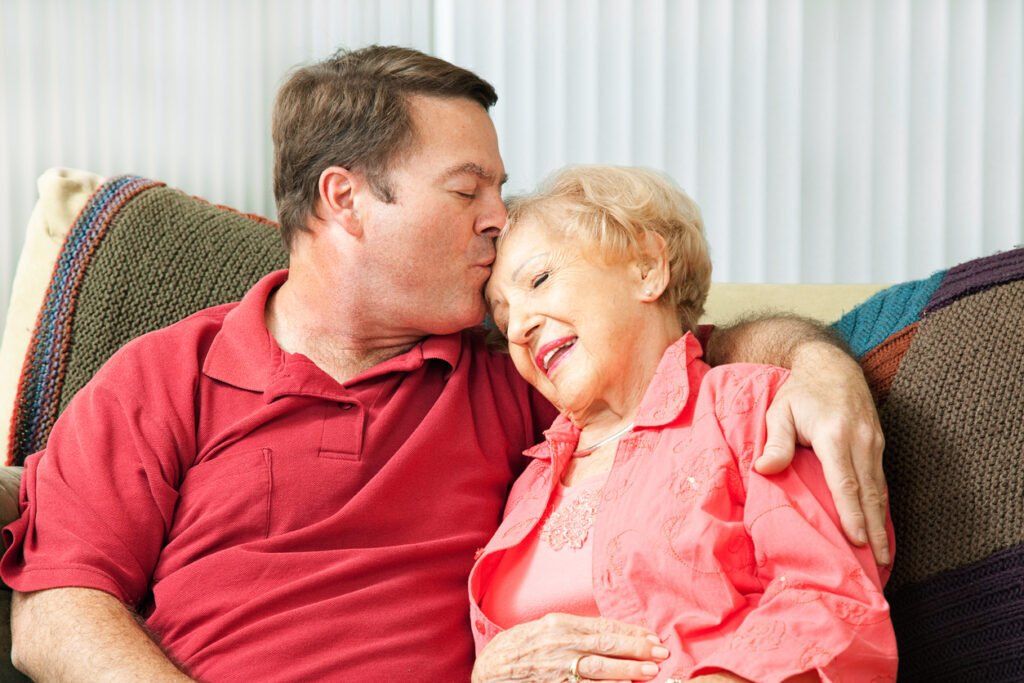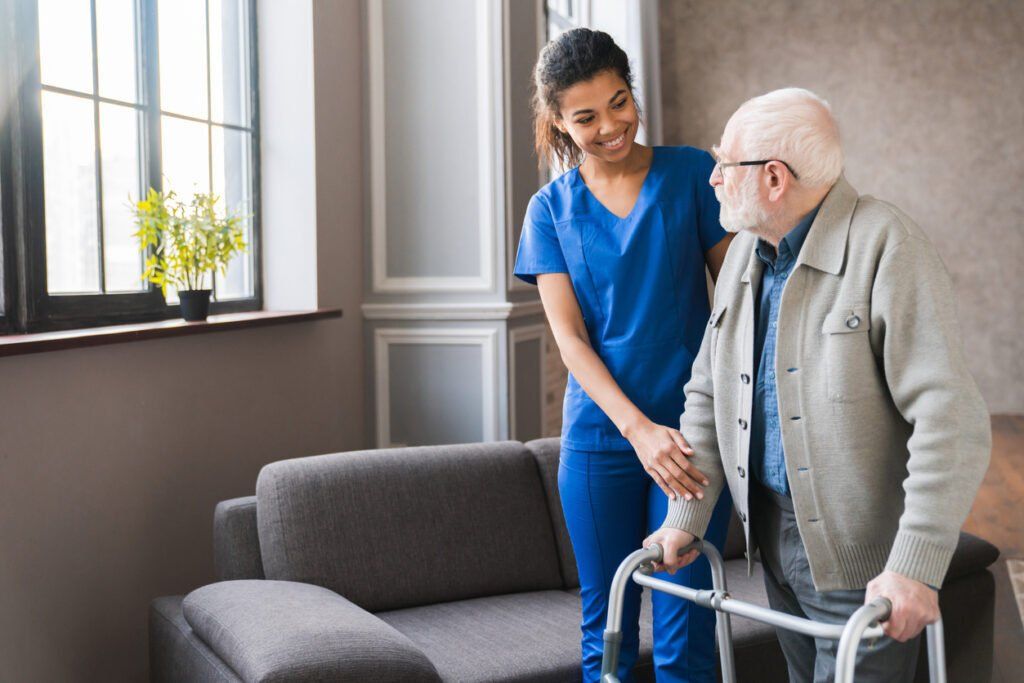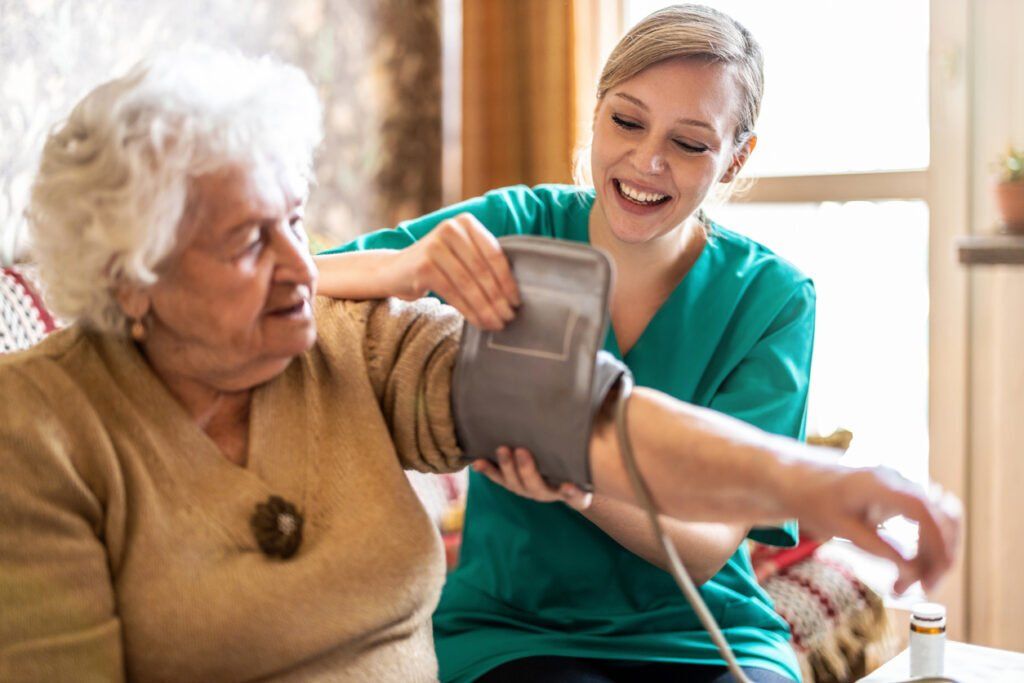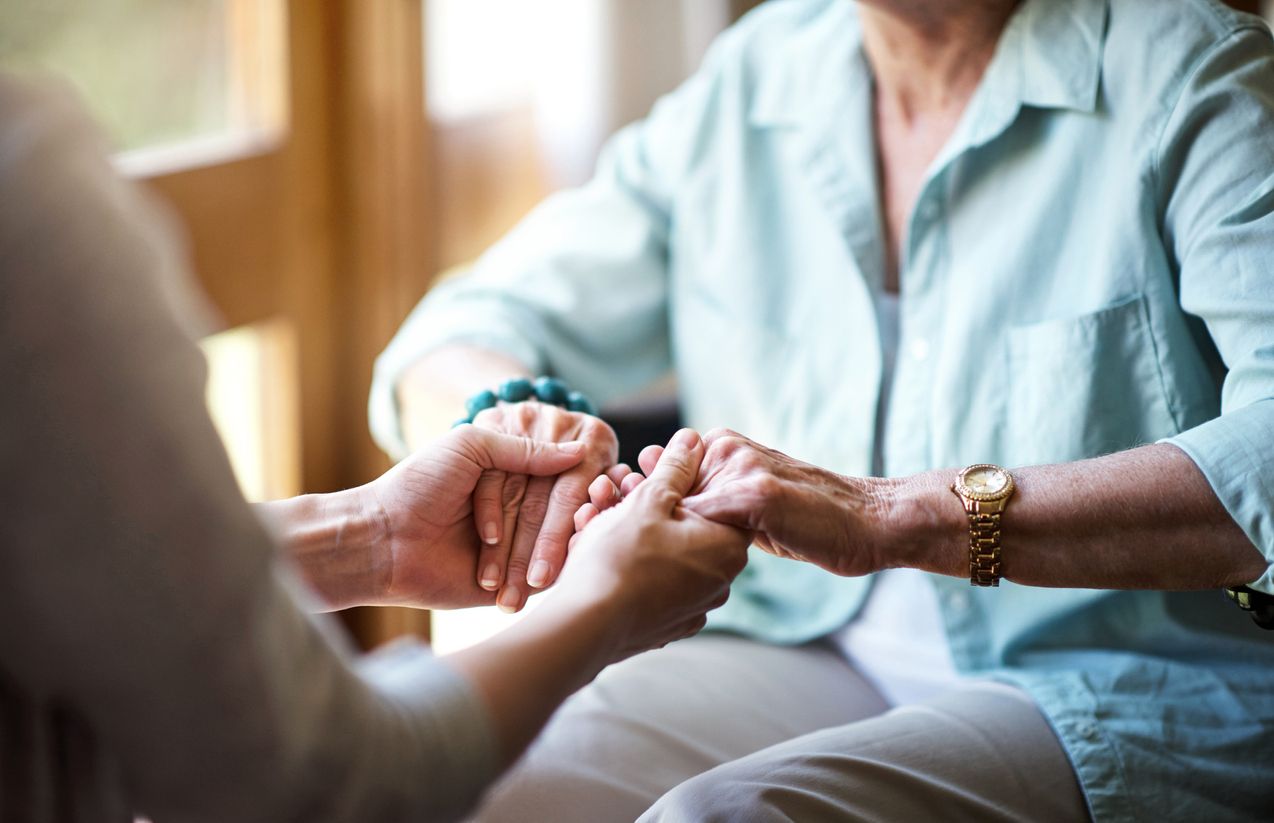Falls in Older Adults Are the Most Prevalent Safety Risk!
Each year, thousands of older Americans fall at home. Many of them are seriously injured. According to the Centers for Disease Control and Prevention, among older adults age 65 and older, falls are the leading cause of injury or death. In 2010, 2.3 million nonfatal fall injuries among older adults were treated in emergency departments and more than 662,000 of these patients were hospitalized. Statistics related to death from falls from 2009, show that 20,400 older adults died from unintentional fall injuries.
Older adults can remain independent and reduce their chance of falling. They can:
- Exercise regularly. It is important that the exercises focus on increasing leg strength and improving balance, and that they get more challenging over time. Tai Chi programs are especially good.
- Ask their doctor or pharmacist to review their medications – both prescription and over-the-counter – to identify medicines that may cause side effects or interactions such as dizziness or drowsiness.
- Have their eyes checked by an eye doctor at least once a year and update their eyeglasses to maximize their vision. Consider getting a pair with single vision distance lenses for some activities such as walking outside.
- Get an annual physical examination and have blood pressure checked both lying down and standing up.
- Walkers, canes, and all medical equipment should be properly sized and fitted by a qualified medical professional.
- Make their homes safer by reducing tripping hazards, adding grab bars inside and outside the tub or shower and next to the toilet, adding railing on both sides of stairways, and improving the lighting in their homes.
- Get up slowly after sitting or lying down.
- Wear shoes both inside and outside the house. Avoid going barefoot or wearing slippers.
- Paint a contrasting color on the top edge of all of the steps so you can see the stairs better. For example, use light color paint on dark wood.
To lower their hip fracture risk, older adults can:
- Get adequate calcium and vitamin D – from food and / or from supplements.
- Do weight bearing exercise.
- Get screened and, if needed, treated for osteoporosis.
Additionally, the following is a checklist for Safety and Fall Prevention from the Centers for Disease Control and Prevention:
FLOORS:
- Ask someone to move the furniture around so your path is clear.
- Remove all floor rugs or use double-sided tape or a non-slip backing so the rugs will not slip.
- Pick up everything from the floor. Do you have papers, books, towels, shoes, magazines, blankets or other objects on the floor?
- Coil or tape all cords (extension, computer and other) and wires next to the wall so you can’t trip over them. If needed, have an electrician put in another outlet.
STAIRS AND STEPS:
- Always keep objects off of stairs.
- Fix loose or uneven steps.
- Have an electrician put in an overhead light at the top and bottom of the stairs.
- Have an electrician put in a light switch at the top and bottom of stairs. You can also buy light switches that glow.
- If light bulbs are burned out, have a friend or family member change them.
- Make sure that all carpet is firmly attached to each step, or remove carpet and attach non-slip rubber treads to the stairs.
- Fix loose handrails or put in new ones. Make sure handrails are on both sides of the stairs and are as long as the stairs.
KITCHEN:
Move items in your cabinets. Keep things that you use often on the lower shelves (about waist level).
- Never stand on chairs or boxes to reach upper cabinets or shelves. If you must use a step stool, get one with a bar to hold on to. Never use a chair as a step stool.
- Immediately clean up any liquids or food spilled on the floor.
LIVING AREAS:
- Arrange furniture so you can have clear pathways.
- Remove area or throw rugs or use non-slip backing tape so rugs will not slip.
- Keep all electrical and telephone cords out of walkways.
- Do not sit on a chair or sofa that is too low which makes it difficult to get up. If needed, consider getting a raised chair or a chair that will lift you to a standing position.
- Install light switches at the entrances to rooms so you do not have to walk into a dark room to turn on a light.
- Remove papers, boxes, books, clothes, shoes and all clutter from pathways.
BATHROOM:
- Put a non-slip rubber mat or self-stick strips on the floor of the tub or shower.
- Have a carpenter professionally install grab bars inside the tub and next to the toilet.
- Replace glass shower doors / enclosures with non-shattering material.
- Place a slip-resistant rug adjacent to the bathtub or shower for safe exit and entry.
BEDROOMS:
- Place a lamp close to the bed where it is easy to reach.
- Sleep on a bed that is easy to get in and out of.
- Arrange clothes in your closet so they are easy to reach.
- Put in a night-light so you can see where you’re walking at night. Some night-lights go on by themselves after dark.
* REFERENCES: Centers for Disease Control and Prevention, National Council on Aging and the National Safety Council.
The post Falls in Older Adults Are the Most Prevalent Safety Risk! appeared first on Kansas City Home Care.
REQUEST FREE
IN HOME ASSESSMENT
REQUEST FREE IN HOME ASSESSMENT
